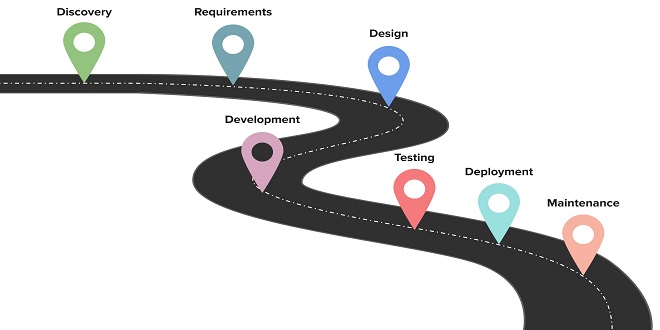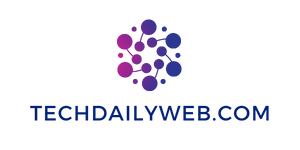Project management begins with the discovery phase. Priorities and directions

The discovery phase of project management is the initial step in planning for further work. It is required to be the first step in most IT projects. Project managers gather and analyze a lot of information during the discovery phase to prepare for the assembly of the project’s model. It is important to get accurate and sharp data about the customer’s expectations, key decision-makers, and the attitudes of end users towards the product.
The discovery phase serves the main purpose of providing accurate technical information. It is important to understand the client’s needs and provide documentation that is easy-to-understand for the client.
The main function
These details will be clear during the discovery phase. They will allow you to determine the scope of the work and the terms for your project. You can also create a plan for completion.
This gives you a complete analysis of the project.
Finding out the motivations, goals, and problems of the user
Understanding the context of product usage
Find new and unique ideas to develop your business.
Learn about the attitudes and goals of users in relation to the product.
There are many variables that can affect the duration of the discovery phase of a project. For small projects, it may take 1-2 weeks. In the case of websites or web applications development, it could take up to 3-4 weeks. It takes 3-4 weeks to analyze and study data related to the development of rich applications and full-format platforms.
The major stages of the discovery phase
Project managers create lots of documentation and technical specifications during the discovery phase. Both the client and contractor thoroughly review the details and provide all information to each other.
There are several stages in the Discovery phase:
Lean model canvas. The project managers first create the concept art, the prefabricated blocks and model, which can be understood by people far away from the development. The proposal, infrastructure, customer analysis, and financial structure are all part of the concept model.
Customer journey map. The customer journey map provides information about the UI manipulations that can be made when using the product. This map should contain all intended touch points and interactions as well as the visual experience of the client. It must take into consideration his thoughts, emotions and fears along the way to achieving this result. The contractor can communicate with the client easily and in a common terminological area.
User flow. The project manager creates a user flow model that shows how the user will interact and transitions between screens. It’s easy to see the user’s behavior and optimize the navigation model.
User stories. This brief description describes how users will use the product in the future. It also explains in detail what functional requirements the system must meet to integrate the application. Customer stories enable them to prioritize product functionality implementation.
Vision of the product. This document allows you to make a comprehensive assessment of the product’s goals, market prospects, potential, and future development prospects. Product vision is valuable for all involved in product development, including the marketing department, sales specialists and the development team.
Non-functional requirements. All recommendations concerning the product’s properties and restrictions are considered at this stage. The technology list required for development, architecture of the infrastructure and expected load on the application’s functional component are all listed.
The discovery phase
An upfront analysis can have many benefits. It expands the overall product vision and creates a holistic view on interactions and integrations. The project has many benefits, including:
Based on precise mathematical analysis, clarity of the concept and essence of project;
Identifying the most popular and useful aspects of the project;
Based on research done on products similar to yours, it is possible to understand user expectations and concerns.
You have the opportunity to receive an expert assessment of both the project’s main methods and its integration.
A clear list of user behaviour maps or navigation through the user interface should be created.
Cost optimization for each stage of the project, and cost savings during development
Finding a balance between business goals and the needs of end users.
Ability to understand the client’s needs in detail and create a development plan that is optimal.
Verdict
The Discovery phase is a great foundation for future work. Software product development can be evaluated by the development company. After assessing the goals, priorities, and wishes of the client, a market analysis is conducted and the search for the best software solutions is made. The client company receives a complete business plan from the Manager team. It includes all relevant bullet points, infographics, and technical requirements. This is necessary for creating effective communication between developers and clients.
Weather conditions, such as rainfall, temperature, and sunlight, directly impact agricultural activities. Farmers rely on favorable weather patterns for crop growth, while extreme weather events like droughts or floods can have devastating effects on crops.




